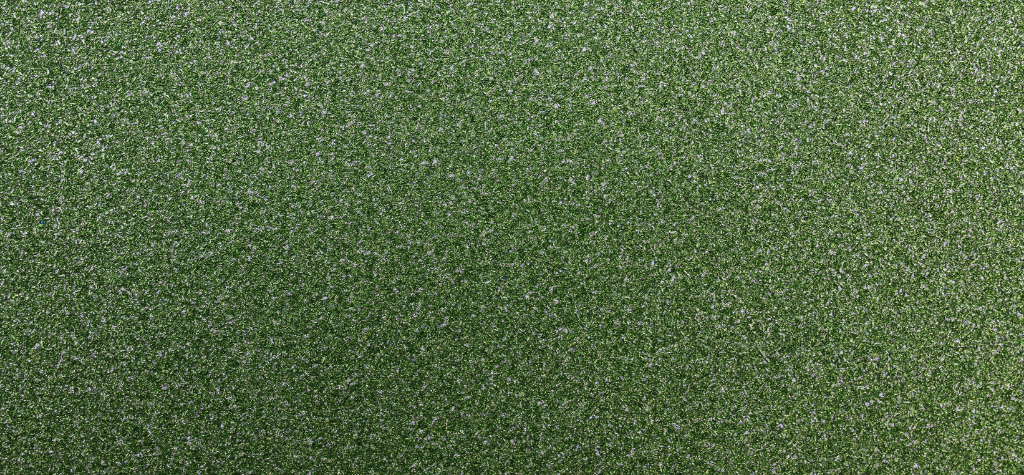Artificial grass for schools playground

Artificial grass for school playgrounds is becoming the go-to solution for schools seeking safe, clean, and cost-effective play environments. With its soft surface, weather resistance, and low upkeep needs, synthetic turf offers a smarter alternative to natural grass and hard playground surfaces like concrete or asphalt.
From early learning centres to high schools, more institutions across Australia are investing in artificial grass to create safer, greener, and more engaging outdoor play areas.
Benefits of Artificial Grass for School Playgrounds
1. Safety First
Artificial turf is shock-absorbent, reducing injuries from trips and falls. Many schools pair it with shock pads that meet critical fall height standards, especially around playground equipment.
2. All Weather Play
Unlike natural grass that becomes muddy or patchy in rainy weather, synthetic grass remains dry and usable year-round. Kids can play on it immediately after rain, without tracking mud indoors.
3. Low Maintenance
No mowing, watering, fertilising, or weeding is required. Maintenance crews only need to rinse and brush occasionally, saving time and costs.
4. Clean and Allergen-Free
No dust, mud, or grass clippings. And since it doesn’t produce pollen, it’s an ideal choice for allergy-sensitive children.
5. Durable and Long Lasting
Designed to withstand heavy foot traffic, quality artificial turf can last 8–15 years, even in high-use school areas like ovals or sports courts.
6. Eco Friendly
Reduces water usage and eliminates harmful pesticides or fertilisers. Some products are made from recycled materials, supporting school sustainability goals.
Key Installation Considerations for Schools
- Safety underlay: Use impact-absorbing foam or rubber shock pads for high fall areas.
- Drainage: Ensure a proper sub-base with crushed rock or drainage cell systems.
- Edge containment: Use secure edging to prevent lifting or movement of the turf.
- Certified products: Choose turf that meets Australian playground safety standards.
Where Artificial Grass Can Be Used in Schools
- Under play equipment
- Outdoor classrooms
- School ovals and sports fields
- Courtyards and walkways
- Rooftop play areas
- Kindergarten outdoor spaces
Frequently Asked Questions
Q1: Is artificial grass safe for children to play on?
Yes. When installed with appropriate underlay, synthetic turf provides a soft, non-toxic, and cushioned surface ideal for kids.
Q2: Does artificial turf get hot during summer?
It can warm up in direct sunlight, but choosing heat-resistant turf and adding shade sails can manage surface temperature.
Q3: How long does artificial grass last in schools?
On average, 8 to 15 years, depending on usage, maintenance, and quality.
Q4: Can artificial grass be installed over concrete or asphalt?
Yes. With the right preparation and shock-absorbent layer, turf can be installed on hard surfaces for added safety.
Final Thoughts
Artificial grass for school playgrounds offers a reliable and eco-conscious surface that supports safe, inclusive play. It’s a long-term investment in student wellbeing, outdoor learning, and lower maintenance costs. By choosing artificial turf, schools can provide cleaner, greener, and more engaging play environments for all ages.
